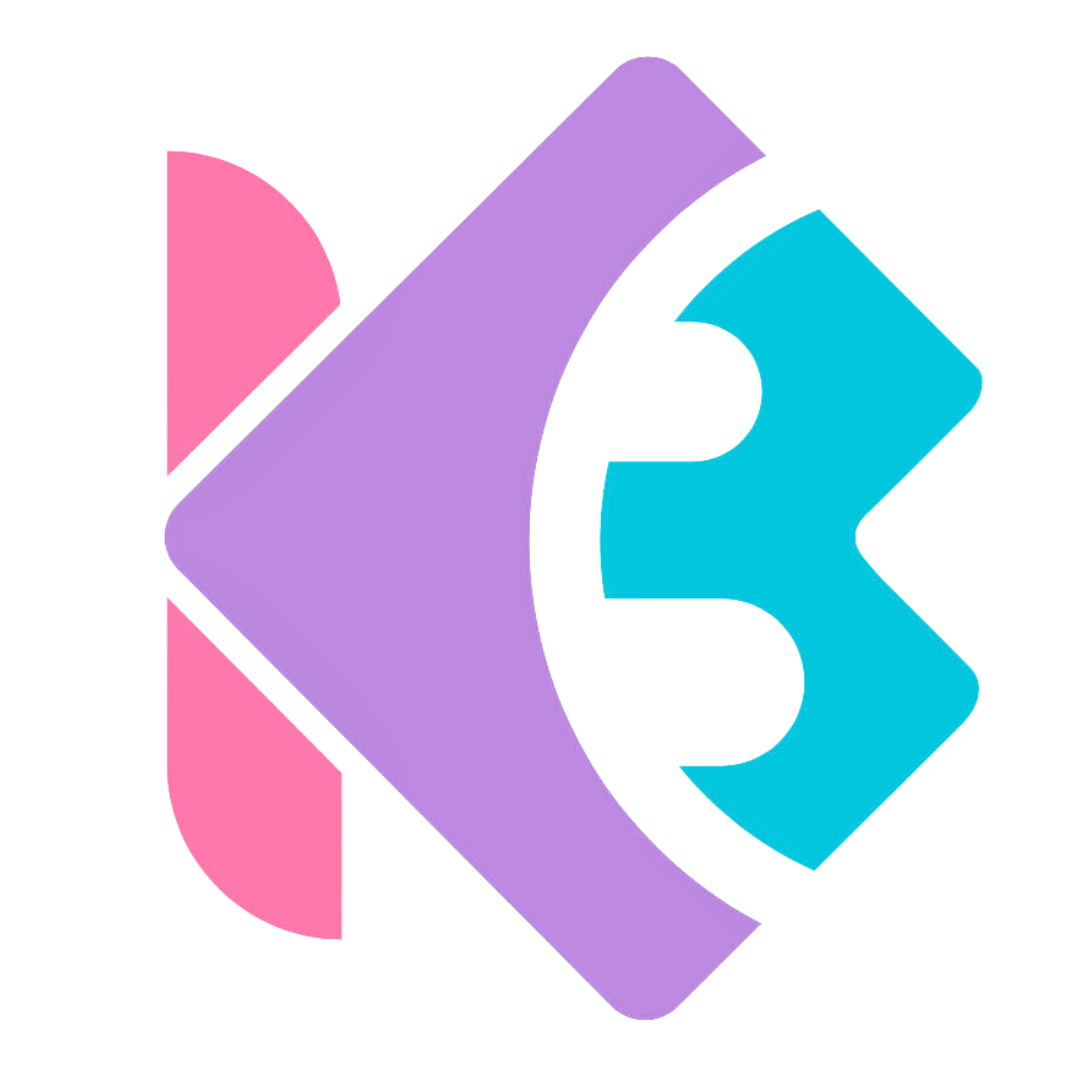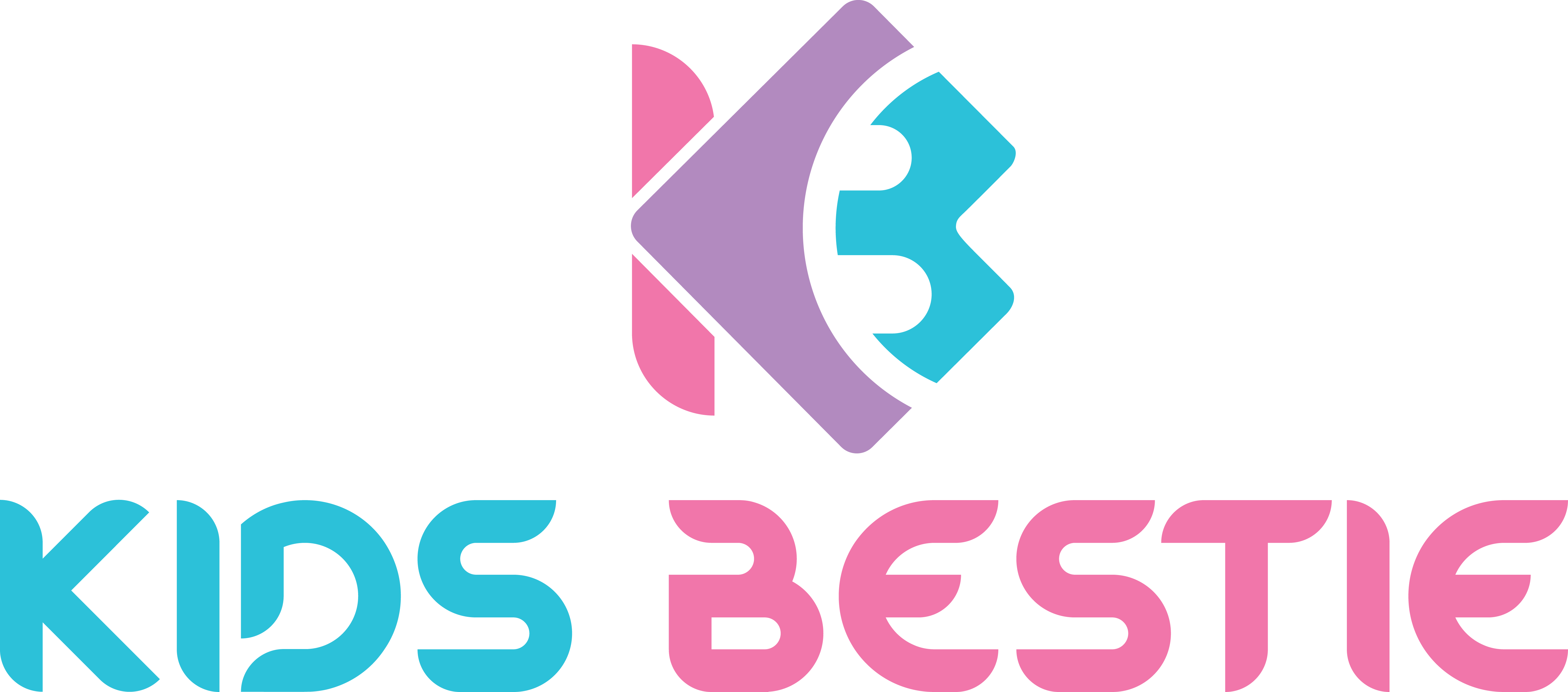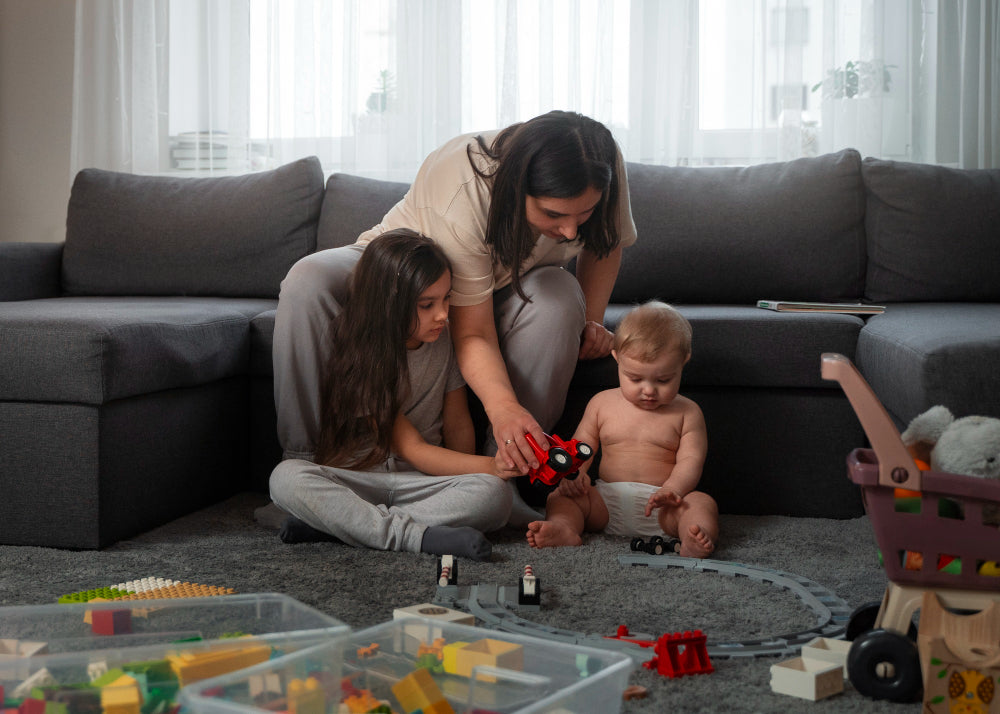
Sensory Toys for Infants 0–6 Months: What Works, Why, and Where to Find Them
Infants do not require advanced electronics or costly devices as toys, they require an appropriate type of sensory stimulation at appropriate time. The first six months are about building foundations. Simple, thoughtfully chosen sensory toys...
When my niece turned two months old, I watched her stare at a simple black-and-white card for nearly ten minutes. Her tiny eyes tracked the patterns like she'd discovered something magical. That's when I realized—babies don't need fancy electronics or expensive gadgets. They need the right kind of stimulation at the right time.
If you're shopping for toys for your newborn or infant, you've probably felt overwhelmed. The market's flooded with options, and everyone claims their product is "developmental" or "educational." But here's what matters: sensory stimulation. Let me break down what actually works for babies aged 0–6 months, and more importantly, why it works.
Why Sensory Toys Matter in the First Six Months
Your baby's brain is building millions of neural connections every second during these early months. But here's the thing—newborns can't see colors well. Their vision is blurry, limited to about 8-12 inches (roughly the distance from your arms to your face when you're holding them). They're learning to focus, track objects, and make sense of this brand new world.
This is where sensory toys become essential tools, not just playthings.
High-Contrast Patterns: Your Baby's First Visual Workout
Black and white toys aren't just a design trend. They're based on how infant vision actually develops. In the first few months, babies see high contrast better than pastels or bright colors. Bold patterns—stripes, checkerboards, dots—give their developing eyes something to focus on and track.
I've seen parents dismiss these simple patterns as "boring," but watch your baby's reaction. You'll notice them staring intently, which means their brain is working hard to process visual information. That's exactly what you want.
Look for soft books with high-contrast images, play mats with black-and-white patterns, or simple hanging toys with bold designs. These help develop focus, tracking skills, and visual processing—all critical for later learning.
Textures: Teaching Through Touch
Touch is one of the most developed senses at birth. Babies explore their world through their hands and mouth (yes, everything will eventually go in their mouth, and that's normal). Different textures teach them about variety in their environment.
Crinkly fabrics that make soft sounds when squeezed. Smooth satin tags. Slightly bumpy rubber surfaces. Soft plush areas. Each texture sends different signals to their brain, building sensory awareness and fine motor skills.
Around 3-4 months, you'll notice your baby reaching for objects more deliberately. Having toys with varied textures encourages this reaching and grasping, which strengthens hand-eye coordination. A soft sensory ball with different fabric patches works brilliantly for this stage.
Sounds: Gentle Auditory Stimulation
Rattles have been around forever because they work. But not all sounds are created equal for young infants. You want gentle, pleasant sounds—not loud, jarring noises that can overwhelm their sensitive hearing.
Soft rattles, crinkle toys, or gentle chimes help babies learn cause and effect. "When I shake this, it makes noise." That's huge cognitive development happening right there. It teaches them they can influence their environment, which builds confidence and curiosity.
Around 4-6 months, babies also start turning toward sounds, which develops their spatial awareness. Toys that make soft sounds from different directions encourage this natural development.
What Doesn't Work (And What You Can Skip)
Honestly? You can skip most electronic toys for this age group. Flashing lights and loud music can be overstimulating. Babies this young need simple, focused sensory input—not a full carnival experience.
Also, don't worry about toys that "teach" specific skills like numbers or letters yet. Your 3-month-old isn't ready for that, and that's perfectly fine. Focus on sensory exploration and building those foundational neural pathways instead.
Creating a Sensory-Rich Environment
You don't need to buy everything at once. Start with a few key items:
A high-contrast playmat gives your baby an engaging place for tummy time (which builds neck and shoulder strength). Add a soft toy with varied textures they can reach for and grasp. Include something that makes gentle sounds to develop auditory tracking.
Rotate toys every few days. Babies this age have short attention spans, and "new" toys (even if they're just toys you put away for a week) create fresh interest and engagement.
Where to Find Quality Sensory Toys in India
Finding the right sensory toys in India has become much easier. Kids Bestie offers a thoughtful selection of sensory toys designed specifically for infant development. Their range includes high-contrast visual toys, textured sensory balls, and gentle rattles—all created with safety and developmental appropriateness in mind.
What I appreciate about shopping from dedicated baby brands is that they understand developmental stages. You're not just getting a random toy; you're getting something designed with your baby's current abilities and needs in focus.
The Bottom Line
Your baby doesn't need a room full of toys. They need the right sensory experiences. High-contrast visuals for developing vision. Varied textures for tactile learning. Gentle sounds for auditory development.
Watch your baby's cues. If they're staring intently at something, tracking it with their eyes, or reaching for it—that toy is doing its job. If they turn away or get fussy, they might be overstimulated or just not interested yet.
The first six months are about building foundations. Simple, thoughtfully chosen sensory toys support that development beautifully. And when you see your baby's face light up as they discover they can make a rattle sound by shaking it? That's not just cute—that's learning in action.


